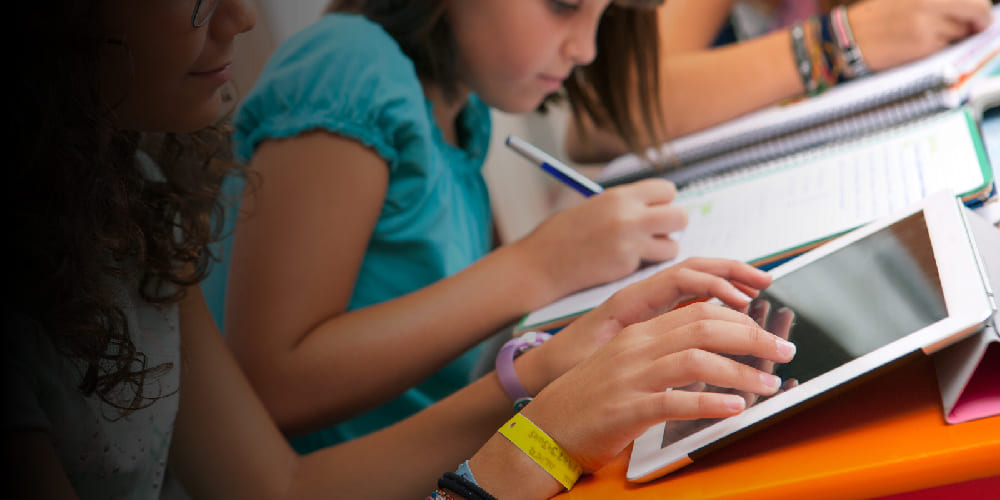
Digital Education – A Potential Means of Imparting Education Effectively
Today, India is one of the top destinations for education in the world. With some of the best international schools, colleges and universities, Indian education is valued for its high standard and excellence. What is even more interesting is how technology has transformed the way students consume educational content. Ever since technology entered into the sphere of education, the relationship between teachers and students has undergone a complete transformation.
Gone are the days when classroom learning was restricted to textbook, chalk and blackboard and teachers explain subjects and students noting down points in notebooks. With the adoption of internet, smartphones, mobile apps, tablets and other modern devices, things are becoming more and more digitalized in classrooms today.
Nowadays, kids are learning pictorial rhymes and watching their favourite cartoons on the same device. Education is being imparted to children using various modern media and materials maximising the learning experience. As a result of which, today, students across all age groups are experiencing the joys of learning and having fun while studying.
Let’s discuss the factors for which digital education has been accepted worldwide as one of the potential means of imparting education effectively.
- No language barriers
Majority of students in rural India is not good at reading or writing English, but thanks to technology, they can educate themselves by using learning materials in their respective regional languages available on the web. - Offline learning
The more we recycle, the more we can control air pollution and water pollution by reducing the release of pollutants into water and air. - Open education
Access to open resources is one of the most important things that digital education empowers learners with. It allows students to gain access to a wide array of study materials including content, images, videos researched-based reports etc. fostering an ecosystem of free learning. - Interactive learning
Digital education has made classroom teachings more fun and interactive. Students tend to be more attentive. As sounds and visuals go hand-in-hand in digital education, students grasp things very easily. - Quick completion of tasks
Children get motivated to complete their tasks related to studies when they do it using tabs, smartphones or laptops instead of pens and paper. - Vocabulary expansion
An active online screen time helps learners develop language skills. By accessing study materials online, reading eBooks or watching to educative videos, they learn new words. - Learning at own pace
Many a time, students hesitate to ask doubts to teachers in the classroom. But with digital learning, even if one could not understand a matter at one go, he can watch the recorded videos of the sessions on the internet and clear his doubts.
Conclusion
The current generation students are no longer considered as empty vessels to be filled with facts and figures. They can’t be treated as silent audiences in the teaching-learning process. To be market-ready, they need to get learning experience from all sides. And digital education is playing a dominant role in making learning more effective. It encourages an independent inclination to learn amongst students and keep them engaged in the vast sea of knowledge available on the internet.






Leave a Reply